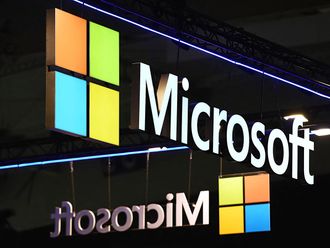As technology evolves at an exponential rate, so too do the expectations of consumers. Slow-motion videos in particular have increased in popularity and are forecast to accelerate further as the world inches closer towards 8K video and 5G network capabilities.
Slow-motion videos are not just aesthetically beautiful to watch. They captivate attention, evoke an emotion and tell a unique story that encourages people to share across their respective social media platforms. Specifically referring to sports, slow motion has the ability to amplify the impact of a story, whether through instant replay, event highlights, or even reliving the ‘hero moments” of their favourite athletes.
Sporting bodies are realising the value of slow motion and its ability to attract views, engage and even attract new fans. The NBA even has a ‘Phantom Cam’ that clips together highlights of a game in super slow motion, which generates exceptional engagement rates.
Slow motion captures the finer details that people would usually miss watching sports in real-time, thus dramatising moments that stir up conversations in traditional and social media.
By extension, the more conversation a particular sporting event generates across all media channels, the greater the interest generated by fans, resulting in an increase in viewership and potential fan base.
According to the ‘Economic Impact of Sport in Dubai’ study by Deloitte, the impact stood at $670 million (Dh2.46 billion). But to facilitate consistent growth and develop a local and regional sports industry worth billions, high-quality video content is required to highlight, discuss and promote across all mediums.
Social media has enabled broadcast organisations and football clubs to reach new audiences. It also provides the opportunity to develop a fan base in a less formal and more engaging manner. Football was once accused of losing touch with the ordinary fan. However, by posting high quality content that extenuates stories and hero moments, football organisations open new lines of communications to reconnect and strengthen affiliations through comments, likes and shares.
The main advantage of social media is that it is fast and efficient in communicating with key target markets. In the GCC, football clubs are seeing the value of producing great content and sharing it on social media. Al Hilal in Saudi Arabia leads the way in fan following, with over 4.24 million followers on Twitter alone.
The development of tools such as Facebook Live has opened up a plethora of broadcasting opportunities that the sporting world will be certain to take advantage of for Fifa’s World Cup 2022 in Qatar. The faster sporting organisations in the region can develop quality content to tell a story, the faster they will see an increase in viewership and reach their goal of being a premier destination for sports.
Although the mediums by which people consume content may change, it is important to note that the key driver is producing video content of the highest quality. Manufacturers across the broadcast industry are constantly striving to innovate to meet the demand and expectations of consumers. This in turn nurtures an environment of competitive excellence where everyone wins.
The writer is the regional head of marketing at Sony Professionals Solutions.












